Department of Economics and Geosciences
Antecedent Departments
Economics and Government (19541956)
Economics (19561960)
Military History and Geography (19561958)
Geography (19581960)
Economics and Geography (19601966)
Economics and Management (19661973)
Geography (19661973)
Economics, Geography and Management (19731981)
Economics (19811986)
Office of Geography (19811986) (within Social Sciences Division)
Economics and Geography (19862005)
Economics and Geosciences (2005Present)
|
Department Heads
| 19541959 | Col Robert F. McDermott |
19561957 | Col Josephus A. Bowman (MH&G) |
19571958 | Col Wilfred W. Smith (MH&G) |
19581960 | Lt Col Wiley L. Baxter (Geog) |
19591964 | Col Wayne A. Yeoman (Econ) |
19641966 | Col Robert G. Taylor (Econ & Geog) |
19661973 | Col Taylor (Geog) |
19661972 | Col Yeoman (Econ & Mgt) |
Fall 1972 | Lt Col Wade R. Kilbride |
Spring 1973 | Lt Col Edward B. Oppermann |
19731974 | Col Marcos E. Kinevan |
19741977 | Lt Col Edward L. Claiborn |
19771980 | Col Lee D. Badgett |
19801981 | Lt Col Robert L. Taylor |
1981 | Lt Col William J. Weida |
19821986 | Col Kenneth H. Fleming |
19861989 | Lt Col Michael S. Anselmi |
19891994 | Col F Raymond E. Franck |
19941996 | Lt Col Laurence C. Vliet |
19962000 | Col Franck |
20002001 | Lt Col Steven Slate |
20012008 | Col Richard L. Fullerton |
20082011 | Col Neal J. Rappaport |
20112014 | Col Fullerton |
2014 | Col Jennifer C. Alexander |
|
 |
Permanent Professors
Bob McDermott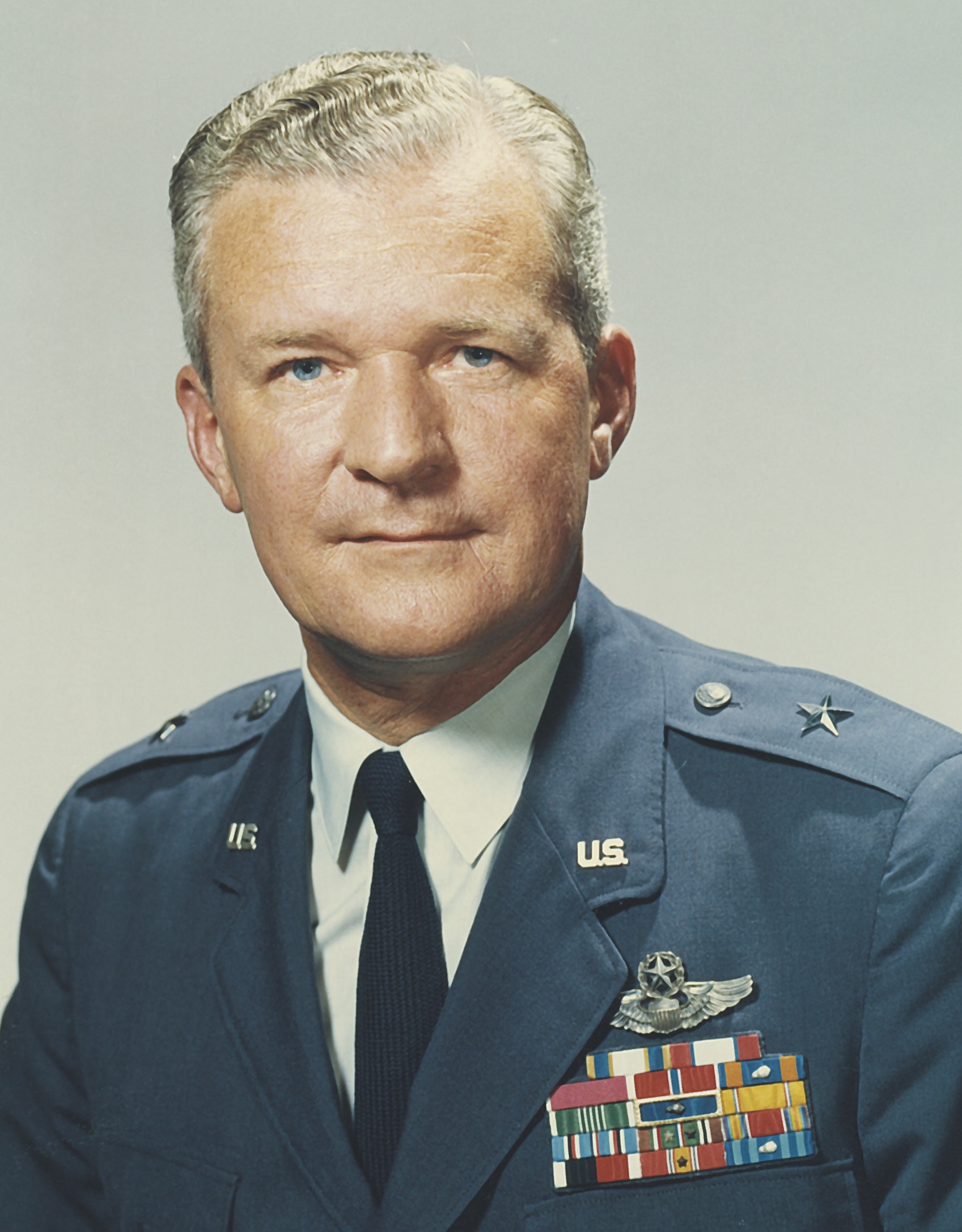 | Whitey Yeoman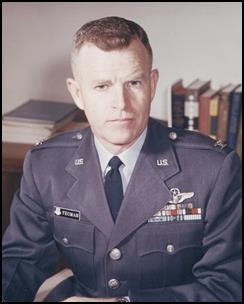 | Gil Taylor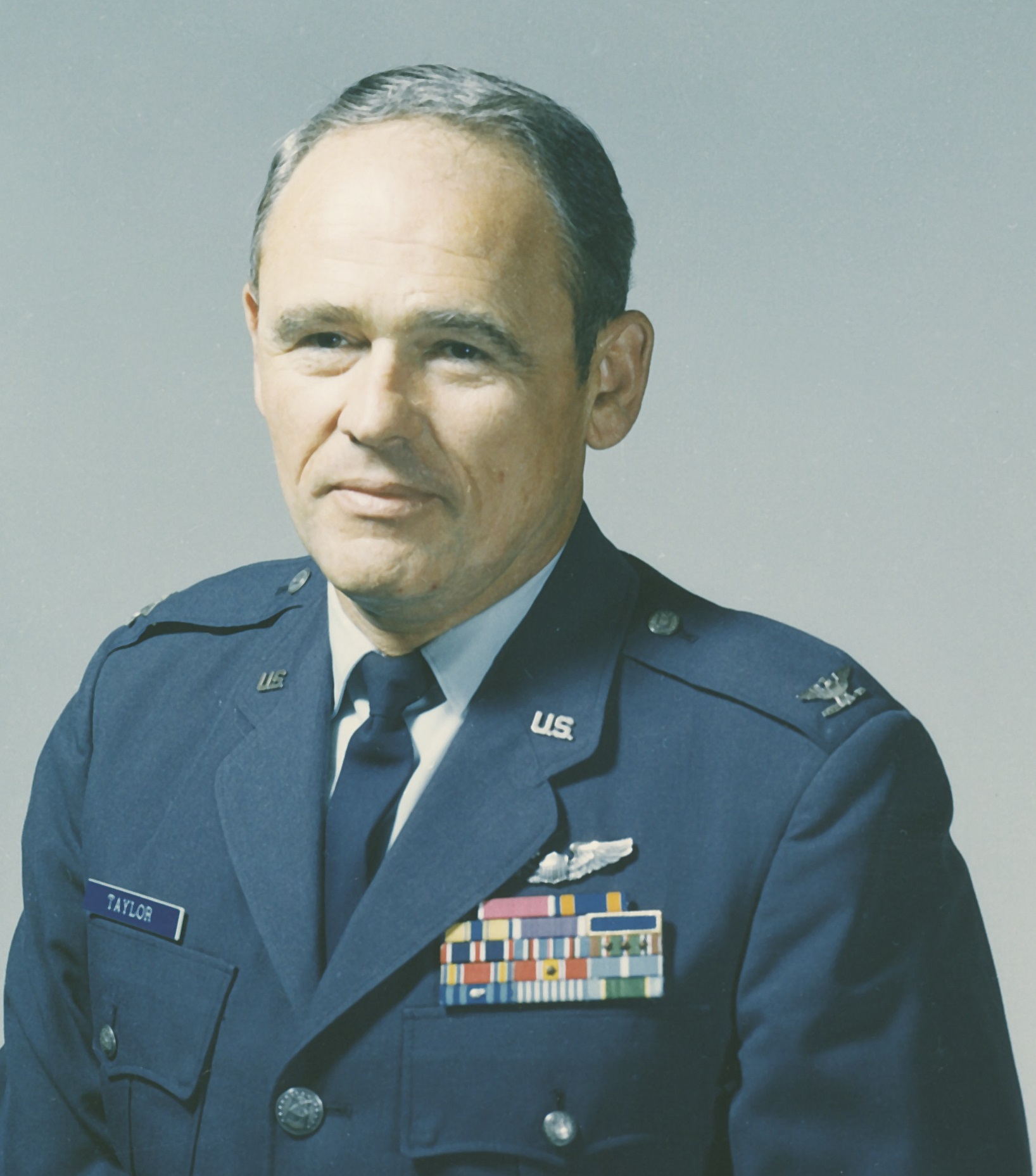 |
| |
Mark Kinevan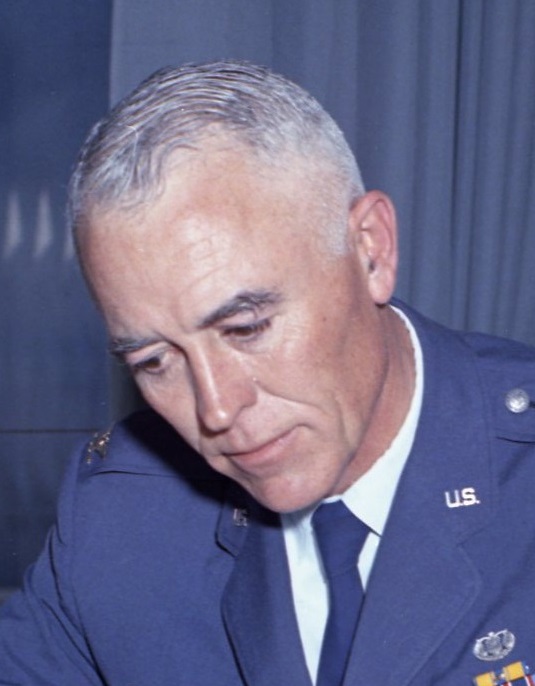 | Lee Badgett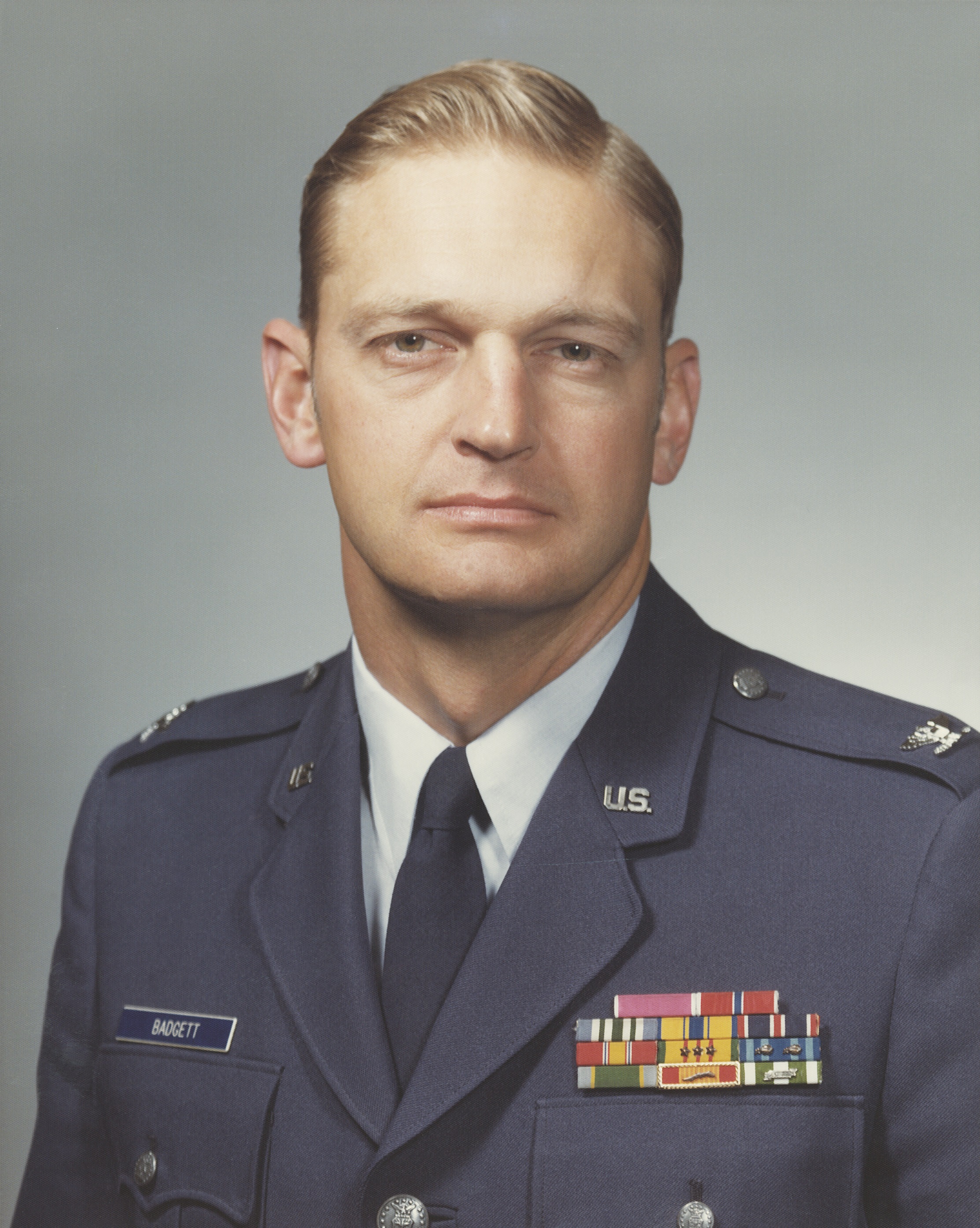 | Ken Fleming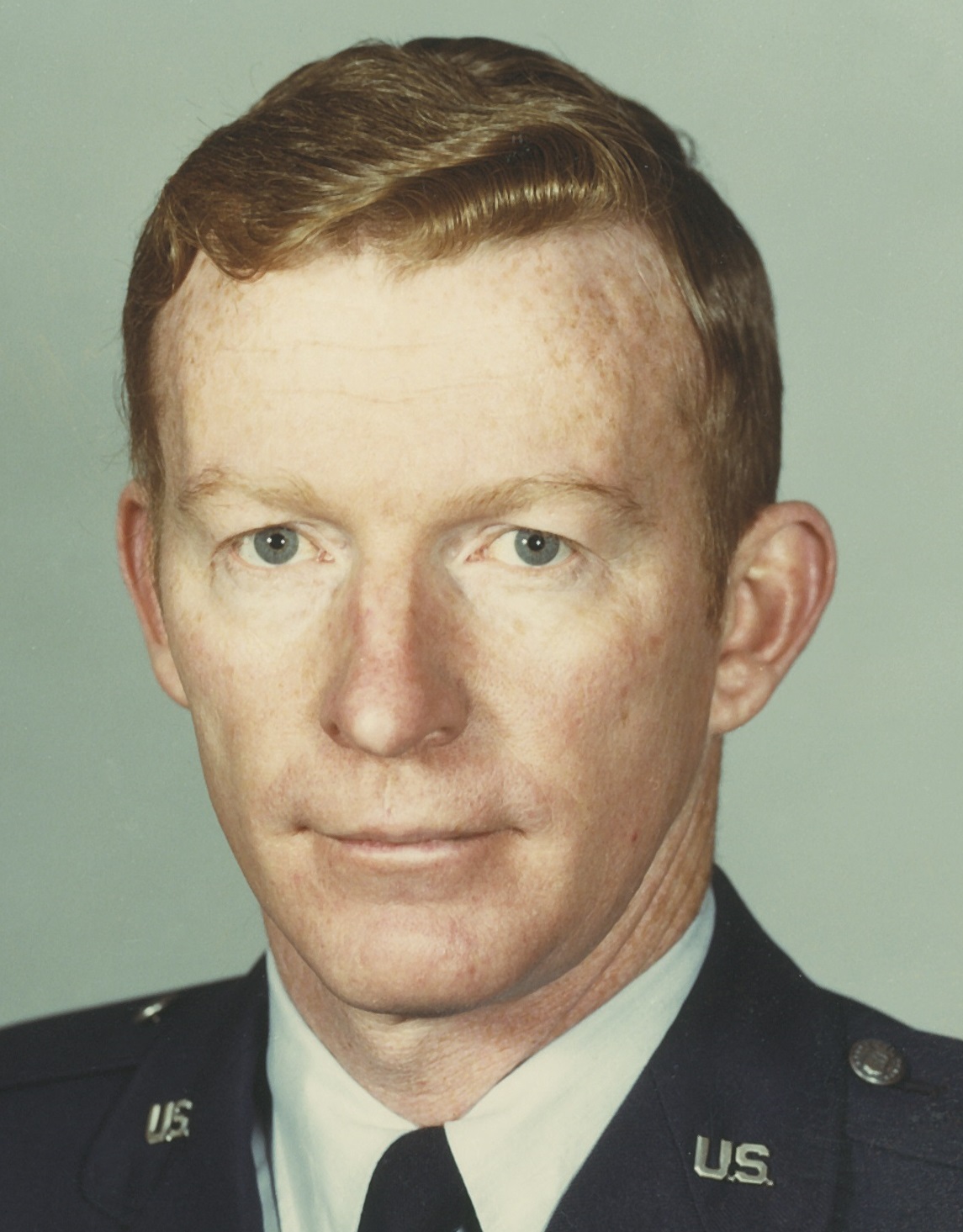 |
| |
Chip Franck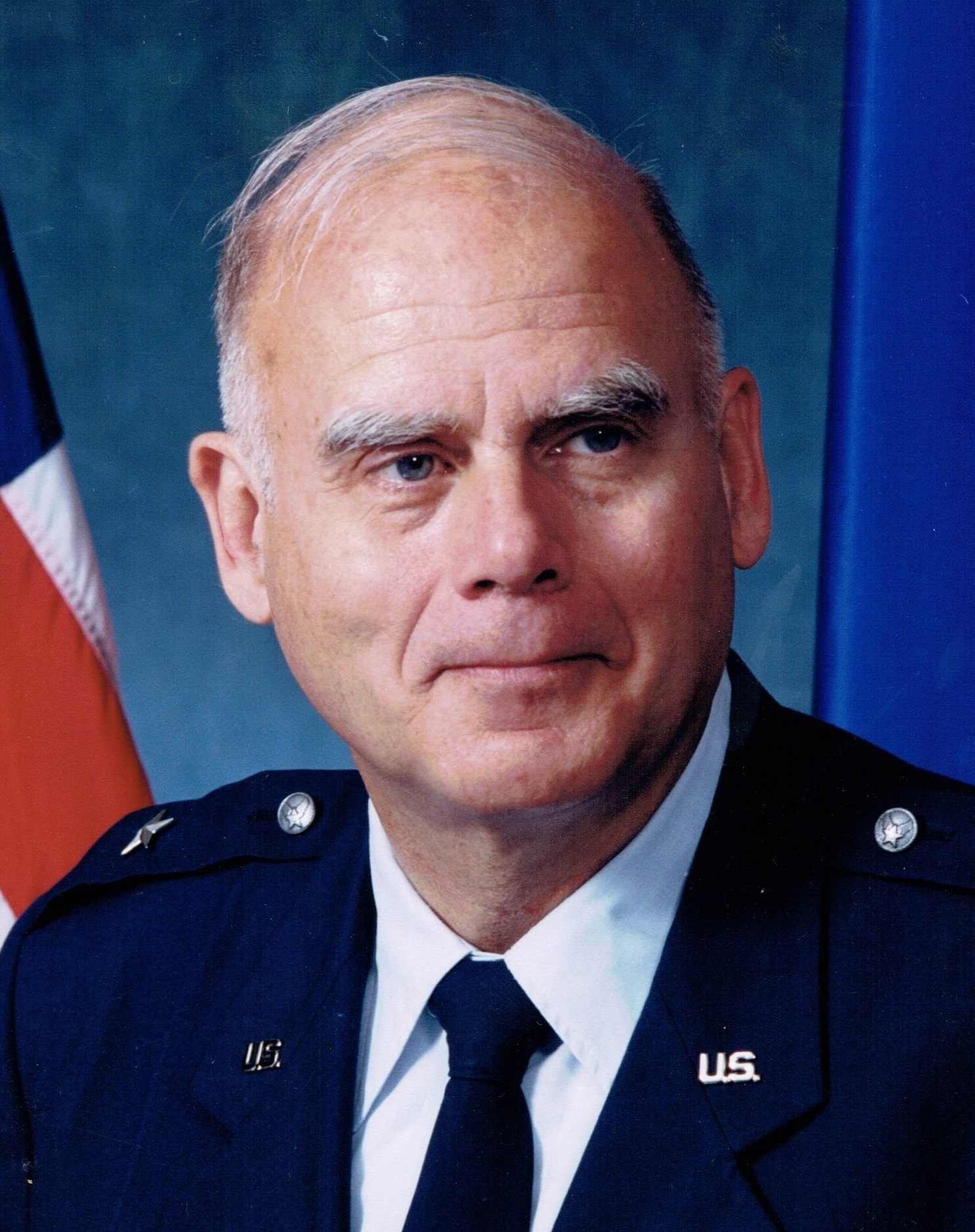 | Rich Fullerton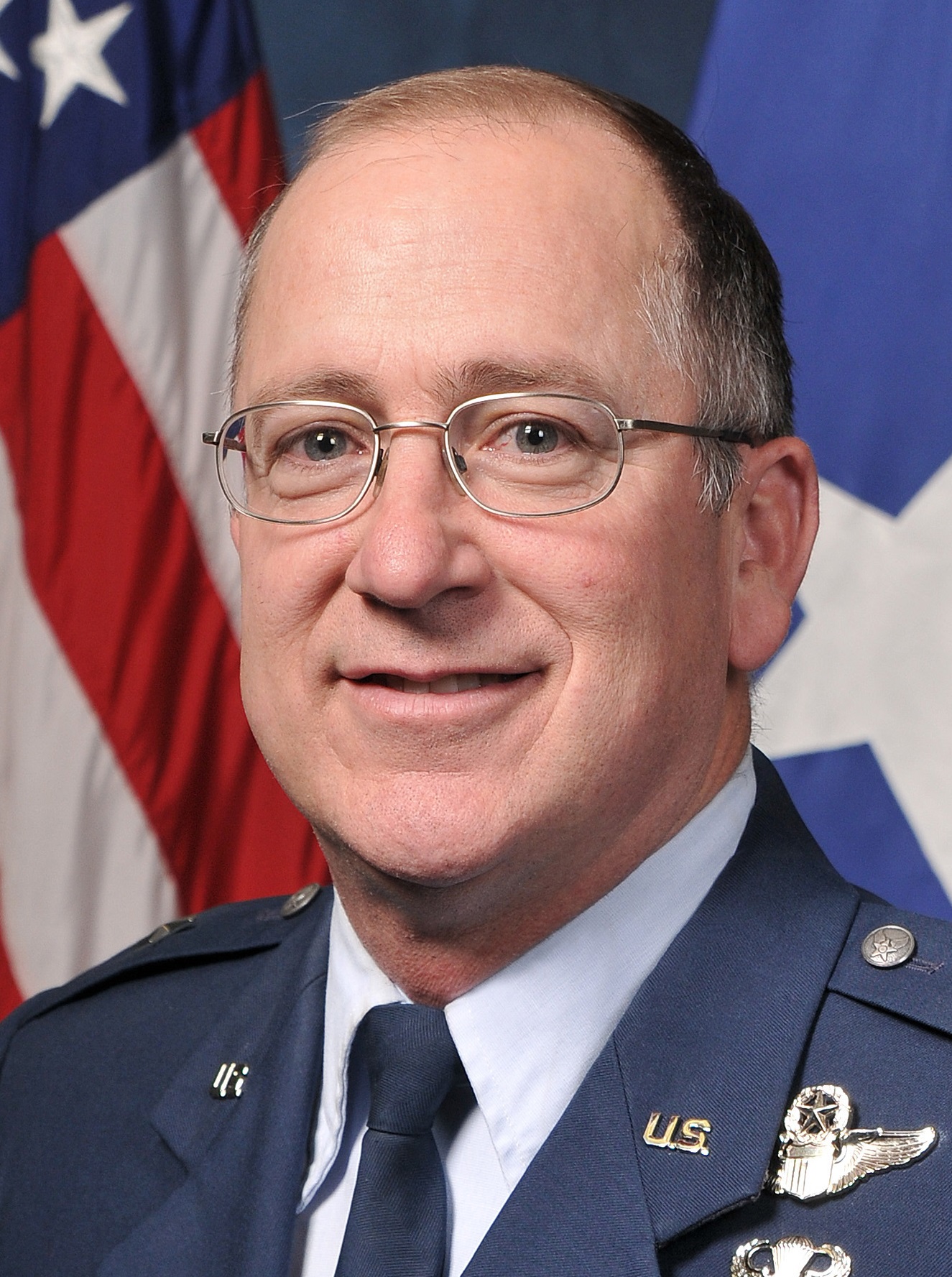 | Jen Alexander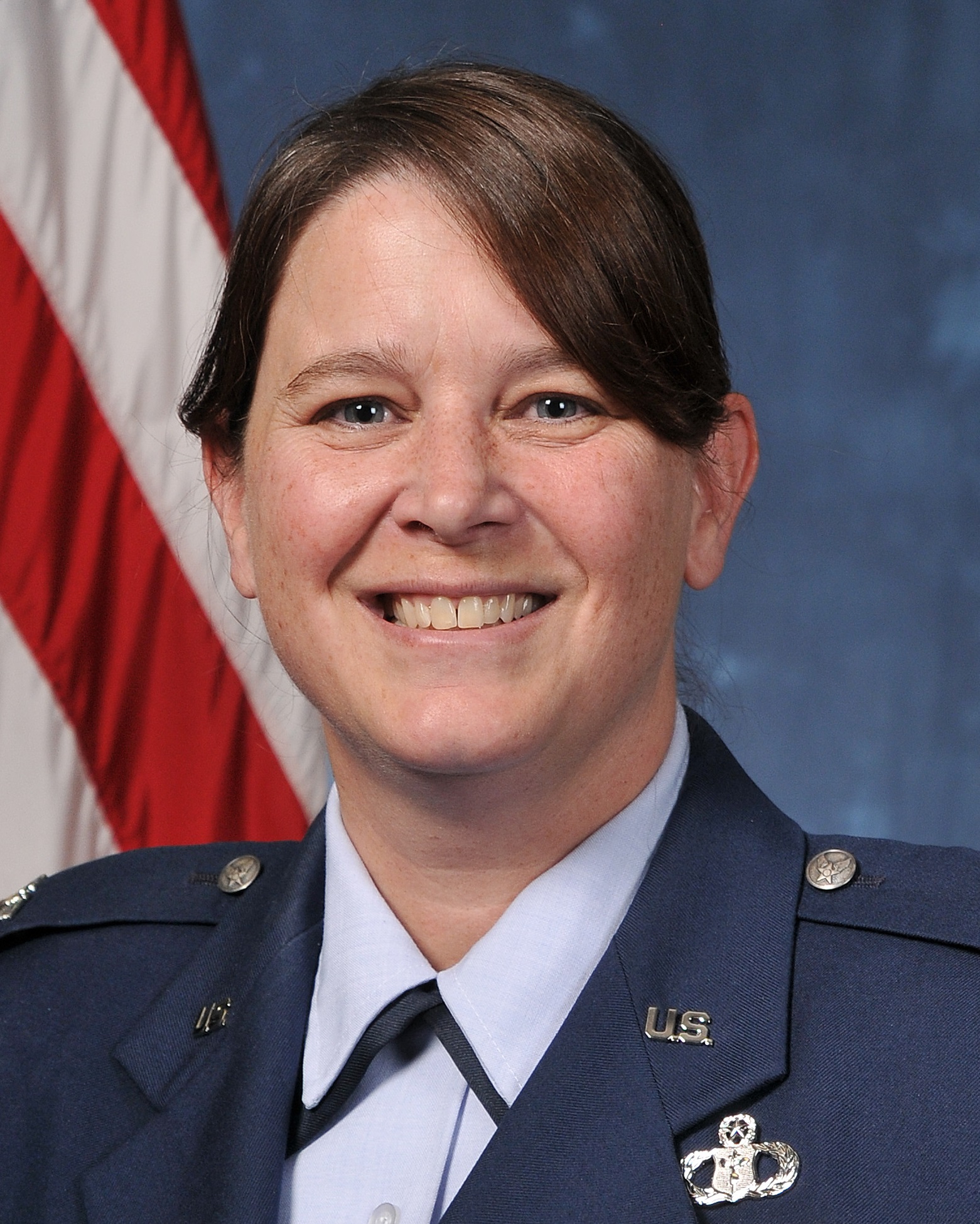 |
| |
|
The Department Today:
The department addresses complex systems, from economics to weather forecasting and physical, human, and regional geography. Economics is the scientific study of decision-making, analyzing tradeoffs to recommend optimal decisions, and making predictions about behavior. The Economics major includes foundational courses in microeconomics, macroeconomics, and econometrics and allows cadets to focus on business, finance, international economics, public policy, or quantitative economics. The Meteorology major uniquely focuses on the impact of weather on military operations. The program is compliant with the World Meteorological Organization and balances classical mathematical and physical treatments of the atmosphere with societal impacts. The Geospatial Science major provides international insight and cultural and physical understanding of the battle space, leveraging coursework and digital modeling techniques to help interpret regional landscapes and conflicts.
Curriculum:
The department offers 23 Economics, 17 Geospatial Science, and 6 Meteorology courses, and supports courses in Operations Research, Foreign Area Studies, and Social Sciences.
Core Courses:
Econ 201. Introduction to Economics
Geo 351. Introduction to Physical Geography (Advanced STEM Choice)
Geo 412. World Cultural Geography (Advanced Sociocultural Choice)
Majors: Economics
Geospatial Science
Meteorology (joint with Physics)
Foreign Area Studies (Interdisciplinary)
Operations Research (Interdisciplinary)
Noteworthy:
Department resources provide access to state-of-the-art geographic information processing methods such as digital image processing and geographic information systems. A modern, fully equipped Meteorology Laboratory provides access to online data and weather-forecasting tools.








